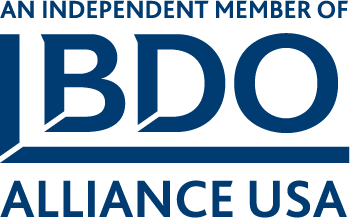A deduction reduces the amount of a taxpayer’s income that’s subject to tax, generally reducing the amount of tax the individual may have to pay. Most taxpayers now qualify for the standard deduction, but there are some important details involving itemized deductions that people should keep in mind. Let’s dive into deductions.
Standard deduction
The standard deduction is a specific dollar amount that reduces the amount of taxable income. The standard deduction consists of the sum of the basic standard deduction and any additional standard deduction amounts for age and/or blindness.
In general, the IRS adjusts the standard deduction each year for inflation. It varies by filing status, whether the taxpayer is 65 or older and/or blind and whether another taxpayer can claim them as a dependent.
You cannot take the standard deduction if you itemize your deductions. Refer to Topic No. 501, Should I Itemize?, for more information.
Itemized deductions
Some taxpayers choose to itemize their deductions if their allowable itemized deductions total is greater than their standard deduction. Other taxpayers must itemize deductions because they aren’t entitled to use the standard deduction.
Those who must itemize deductions include:
- A married individual filing as married filing separately whose spouse itemizes deductions.
- An individual who was a nonresident alien or dual status alien during the year (some exceptions apply).
- An individual who files a return for a period of less than 12 months due to a change in his or her annual accounting period.
- An estate or trust, common trust fund or partnership.
Check in with the Crosslin tax team to determine which deduction works for you. We are always here to help!







